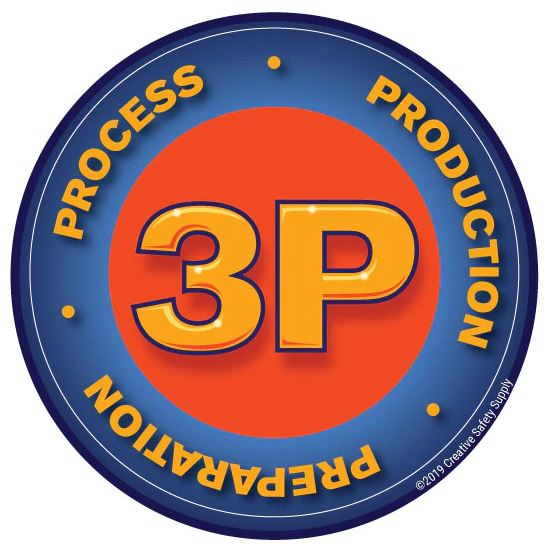In Lean Six Sigma, the 3P framework—Production, Process, and People—focuses on improving the efficiency, quality, and overall performance of any system by optimizing these three key components. Understanding and aligning these elements is crucial to achieving sustainable improvements and delivering value to customers. Let’s dive deeper into each of these 3P’s and explore their roles in the Lean Six Sigma methodology.

1. Production: The Output
Production refers to the goods or services that are created or delivered through a series of processes. In the Lean Six Sigma context, production is concerned with optimizing the output, ensuring it meets customer requirements, and eliminating any inefficiencies or defects.
- Key Considerations in Production:
- Value Stream Mapping: Identify and eliminate waste in the production process.
- Standard Work: Establish clear, consistent guidelines for production.
- Flow Optimization: Ensure smooth, continuous production flow without interruptions.
2. Process: The How
The process refers to the series of steps or tasks required to produce a product or deliver a service. Lean Six Sigma emphasizes optimizing processes to achieve consistent, high-quality results. It’s about refining the steps involved to reduce waste, eliminate variability, and ensure optimal performance.
- Key Considerations in Process:
- Process Mapping: Visualize and analyze the process to find inefficiencies or bottlenecks.
- Root Cause Analysis: Identify the root causes of problems to make targeted improvements.
- Continuous Improvement: Use the Plan-Do-Check-Act (PDCA) cycle or DMAIC methodology to iterate and improve.
3. People: The Workforce
People refer to the employees, stakeholders, and team members who are involved in or affected by the processes and production. In Lean Six Sigma, people are seen as the most valuable asset, as their engagement, skills, and knowledge are essential for driving improvement initiatives.
- Key Considerations for People:
- Training and Development: Equip employees with the necessary skills, including Six Sigma certifications like Green or Black Belt.
- Employee Engagement: Involve all team members in identifying problems, generating solutions, and executing improvements.
- Leadership: Strong leadership is needed to guide the team, set goals, and sustain a culture of continuous improvement.
Why the 3Ps Matter in Lean Six Sigma
The successful implementation of Lean Six Sigma relies on an alignment of Production, Process, and People. Focusing on these three elements enables organizations to:
- Streamline operations and reduce waste.
- Improve the quality and consistency of outputs.
- Empower and engage employees, fostering a culture of continuous improvement.
By optimizing Production, refining Process, and investing in People, businesses can create value for customers, enhance operational efficiency, and achieve long-term success.
"Align Production, Process, and People to create a Lean, efficient, and customer-focused organization!"